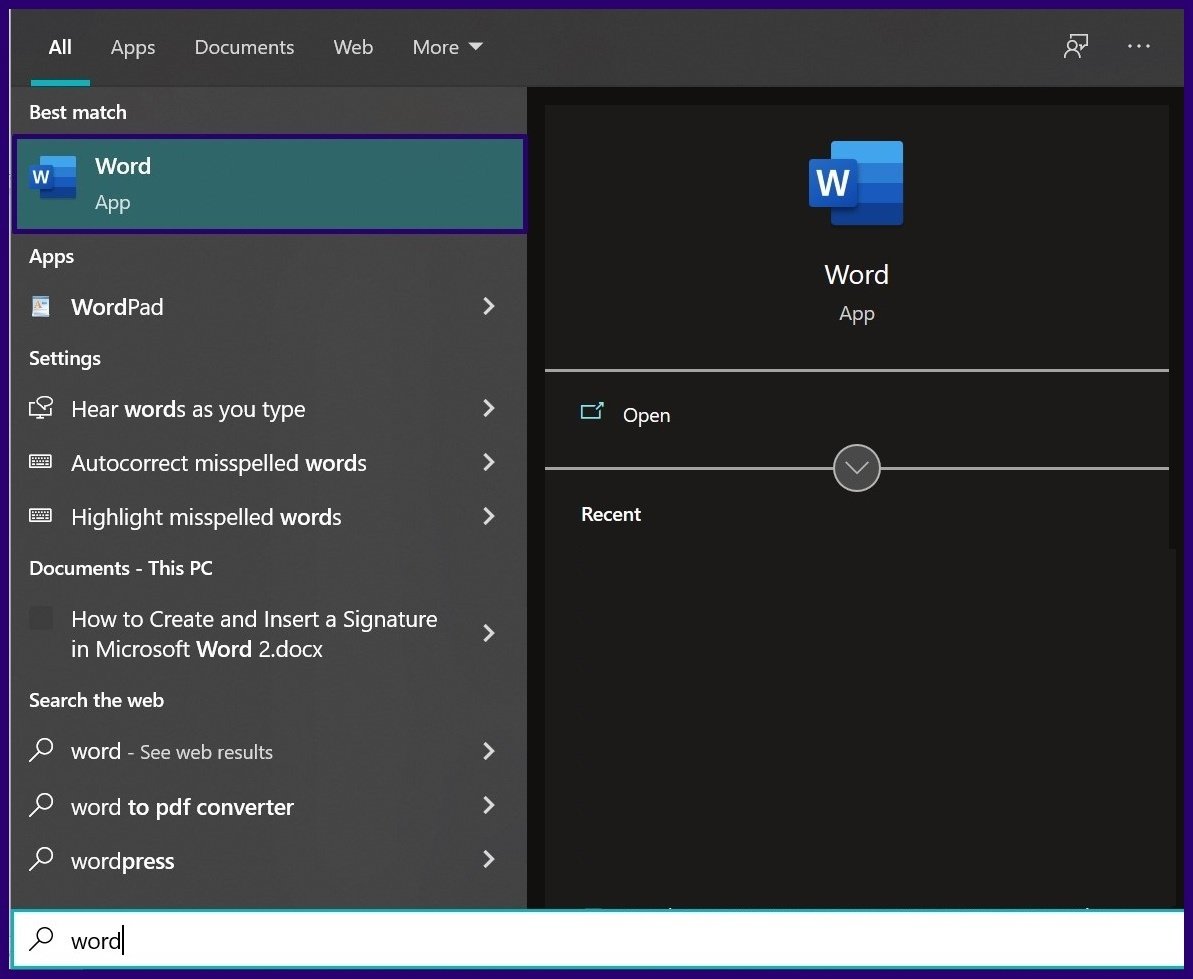
Most commonly this includes PDFs, Word documents, spreadsheets, and of course various native browser-based contract platforms, like Juro, where contracts can be signed in seconds. This modern approach to contract signing has been adopted in most of the world, and electronic signatures can be used to sign documents in various formats.
:max_bytes(150000):strip_icc()/Webp.net-resizeimage2-5b7489e646e0fb0050e37eee.jpg)
It’s distinct from what was historically called ‘ wet signature’, where parties to a contract had to physically make a mark on a paper contract with a pen.

To find out more, hit the button below - otherwise, read on.Īn electronic signature is the use of a digital impression, markup or element to signify that the person 'e-signing' agrees to the terms in the contract they’re signing. That means no more moving between different systems and files to get contracts signed. Juro's all-in-one contract automation platform enables you to agree and manage contracts in one unified workspace. Confused about which tools to use to manage contracts?įor legal and business teams seeking to agree and manage lots of contracts, the contract workflow typically involves up to five different tools - Word, email, eSignature, shared drives and Excel.Įven if you do manage to add an eSignature directly into your Word document or PDF, you'll still need to move between different tools to get a contract across the line. This page explains the various ways to sign contracts using legacy platforms like Word, Google Docs, and PDF, as well as why this process can be particularly painful without a native solution like Juro's.

But what are the different ways to sign documents online, and what are the pros, cons, and alternatives of doing so? Getting contracts signed online is a key process change that enables commercial growth.


 0 kommentar(er)
0 kommentar(er)
